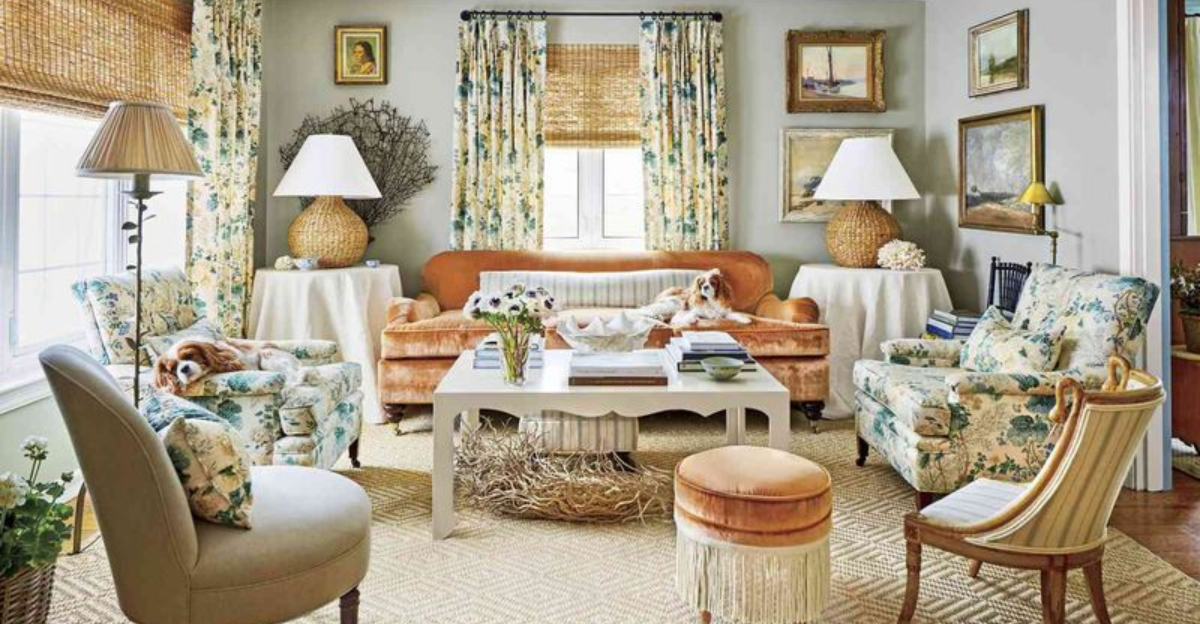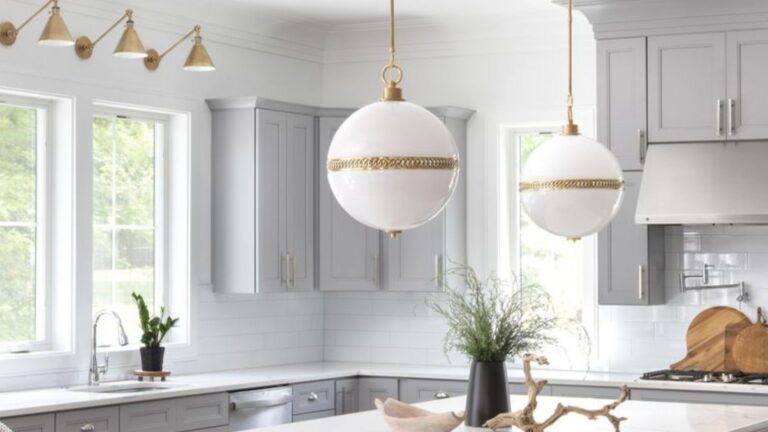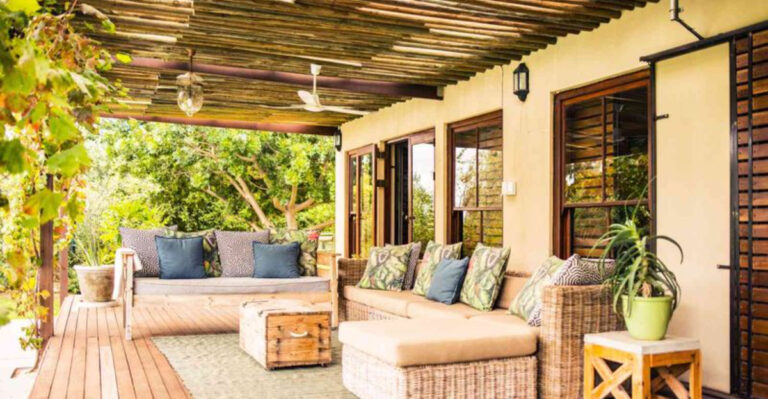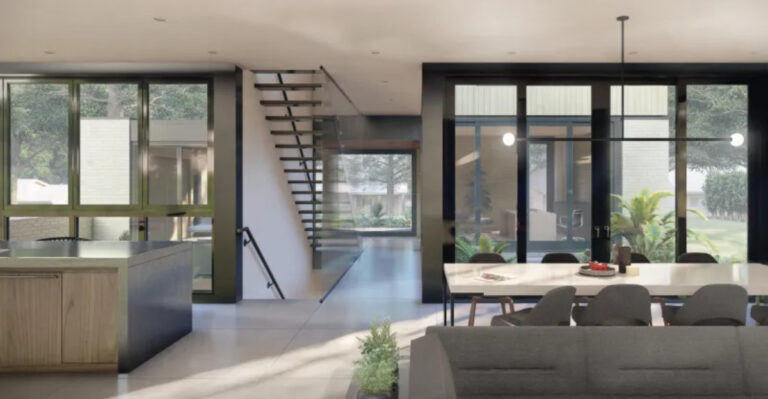10 Reasons These Classic Home Features Are Never Coming Back Plus 5 We Wish We Could Erase
Remember those quirky home features our parents or grandparents once loved? As design trends evolve, some once-popular elements have fallen permanently out of favor.
While certain vintage touches might spark nostalgia, others make us cringe at the very thought.
Let’s explore why some classic home features have disappeared forever and which ones we’re frankly relieved to see gone.
1. Popcorn Ceilings Crumble Away

Looking up shouldn’t make you cringe! Those bumpy, spray-on ceiling textures that dominated homes from the 1950s through the 1980s have thankfully fallen from grace.
Beyond their dated appearance, many contained asbestos before 1978, creating health hazards. Modern homeowners prefer smooth, clean ceilings that don’t collect dust or create shadows. Good riddance to this textural nightmare!
2. Formal Living Rooms Gather Dust
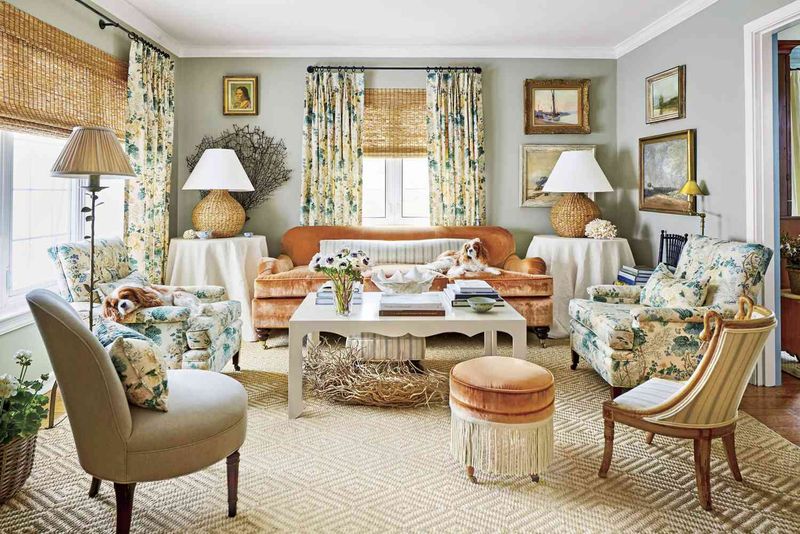
Whatever happened to those pristine spaces nobody was allowed to use? Once the pride of suburban homes, formal living rooms have become impractical luxuries in modern floor plans.
The ritual of maintaining a perfect room just for occasional guests seems absurdly wasteful when housing costs continue to climb.
3. Carpeted Bathrooms Finally Drain Away
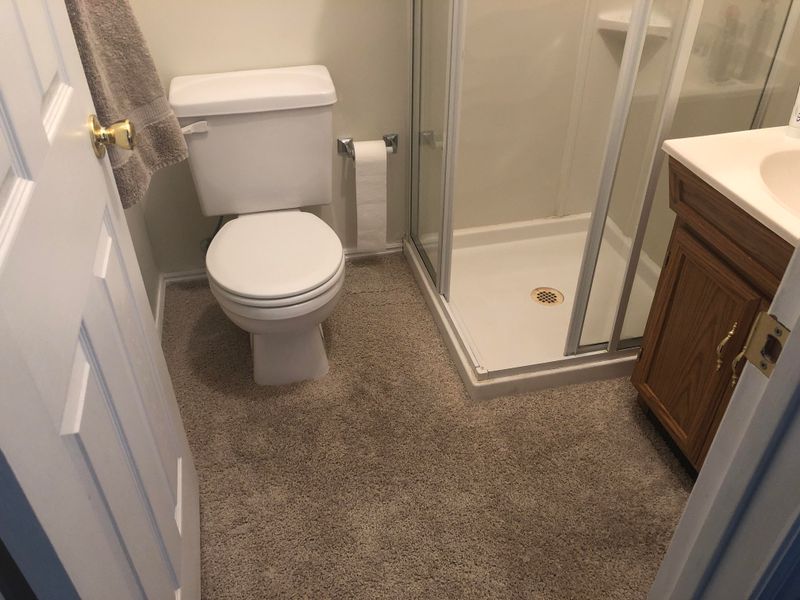
Imagine stepping out of the shower onto plush carpet – sounds cozy until you consider the consequences. This bizarre trend from the 1970s created perfect breeding grounds for mold, mildew, and unpleasant odors.
Moisture and fabric simply don’t mix in high-humidity environments. Today’s bathrooms feature waterproof tile, luxury vinyl, or engineered materials that stand up to splashes while looking sophisticated.
4. Wallpaper Borders Reach Their Edge
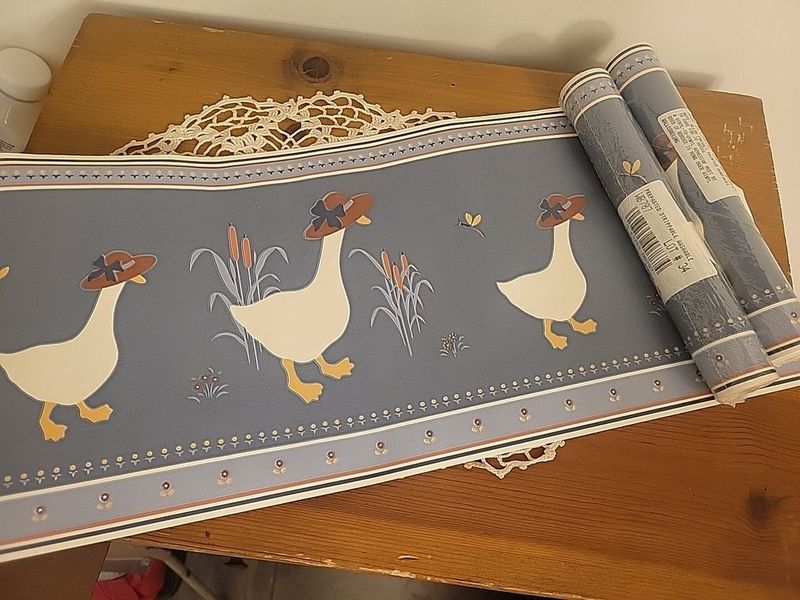
Those narrow strips of patterned paper that once crowned our walls have finally been dethroned! Floral, country geese, and nautical themes ruled the roost in the 80s and 90s.
Current trends favor clean lines, minimal wall treatments, and statement walls that make bolder impressions without the fussy, cutesy vibes of yesteryear.
5. Phone Nooks Disconnect Permanently
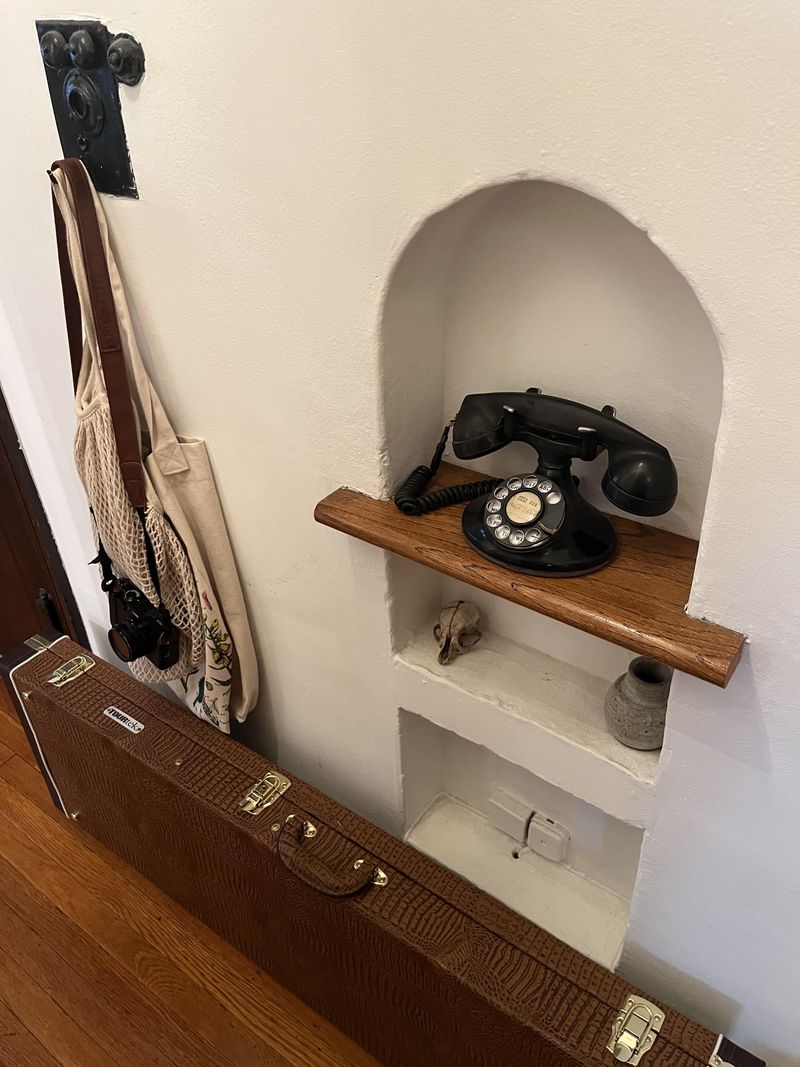
Remember those built-in wall alcoves specifically designed for landline telephones? With the rise of mobile phones, these once-practical features have become architectural oddities.
Many homeowners now struggle to repurpose these strange little wall cavities. Some convert them to charging stations or tiny display shelves, but most would prefer they’d never been built in the first place.
6. Wood Paneling Gets Stripped Away
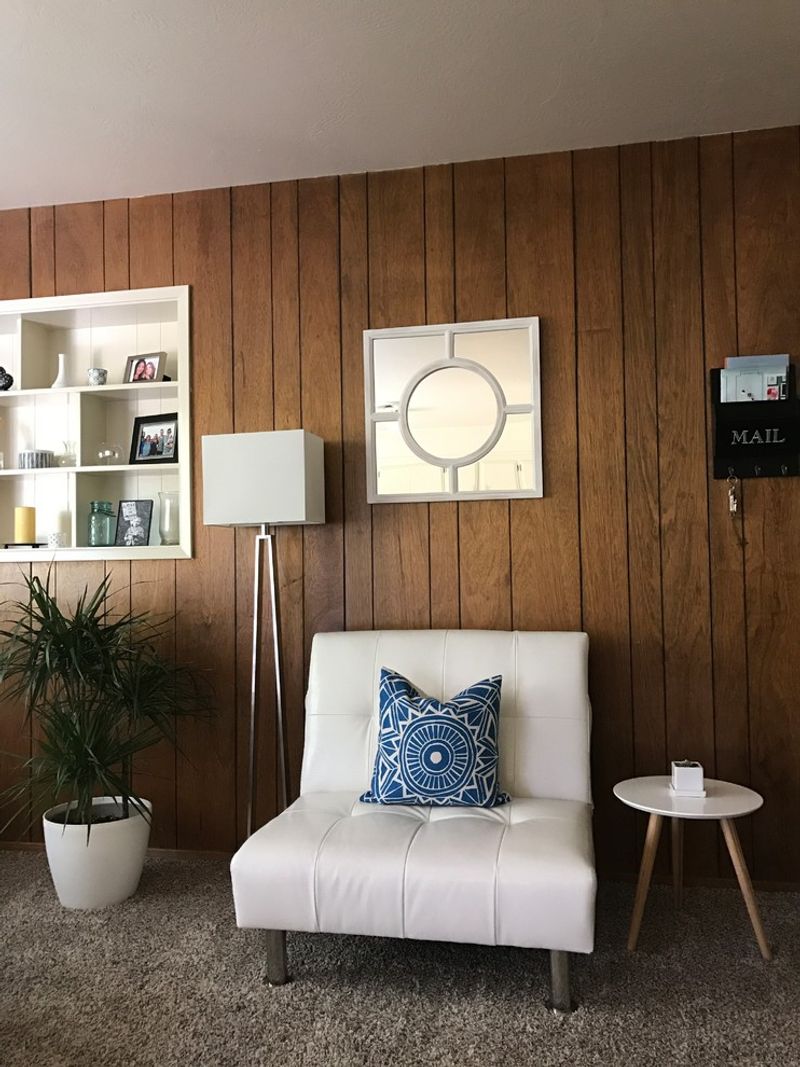
Nothing screams “1970s basement” quite like dark wood paneling! Those sheets of faux-wood veneer once covered walls in dens, rec rooms, and man caves across America.
The heavy, cave-like atmosphere they created has fallen dramatically out of favor. When wood appears in contemporary designs, it’s typically as an accent rather than all-encompassing coverage.
7. Brass Fixtures Lose Their Shine
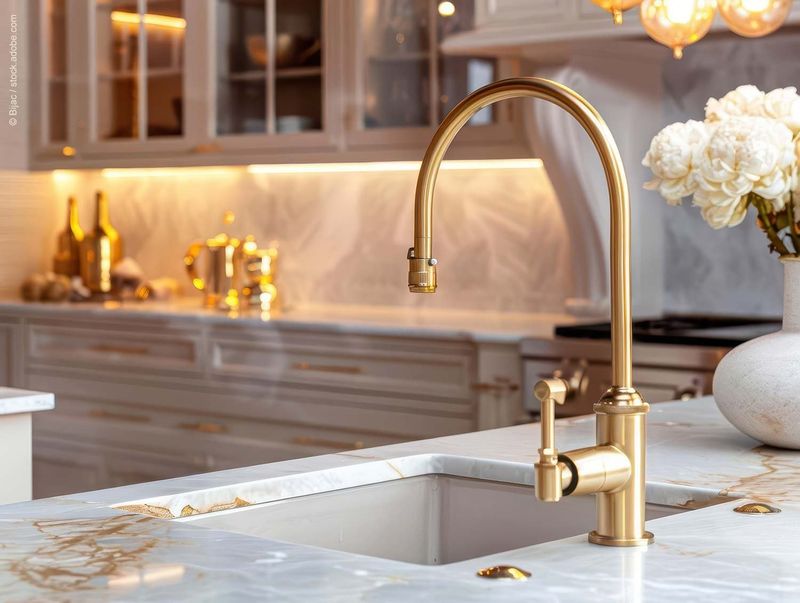
Shiny yellow brass once dominated doorknobs, light fixtures, and bathroom hardware. The gleaming, lacquered finish that screamed 1980s luxury now appears gaudy and dated to modern eyes.
While metallic finishes remain popular, today’s homeowners prefer brushed nickel, matte black, or warmer metals like copper and bronze with patina. When brass does make an appearance in contemporary designs, it’s typically with a softer, antiqued finish.
8. Sunken Living Rooms Take a Fall

Step down into a conversation pit! These dramatic, dropped living areas were architectural status symbols in mid-century homes, creating visual interest and intimate gathering spaces.
Unfortunately, they’ve become accessibility nightmares in our aging-in-place society. The unexpected step creates tripping hazards and makes spaces impossible for wheelchair users. Modern homes prioritize seamless transitions and universal design principles over architectural novelty.
9. Soffits Above Kitchen Cabinets Collapse

Ever wonder about those awkward spaces between your kitchen cabinets and ceiling? These empty bulkheads, or soffits, were standard in older homes but serve little purpose beyond collecting dust.
Contemporary kitchens extend cabinetry to the ceiling for maximum storage or leave open shelving for display. The wasted space of these outdated design elements makes them prime candidates for demolition during kitchen renovations.
10. Avocado Appliances Spoil Forever
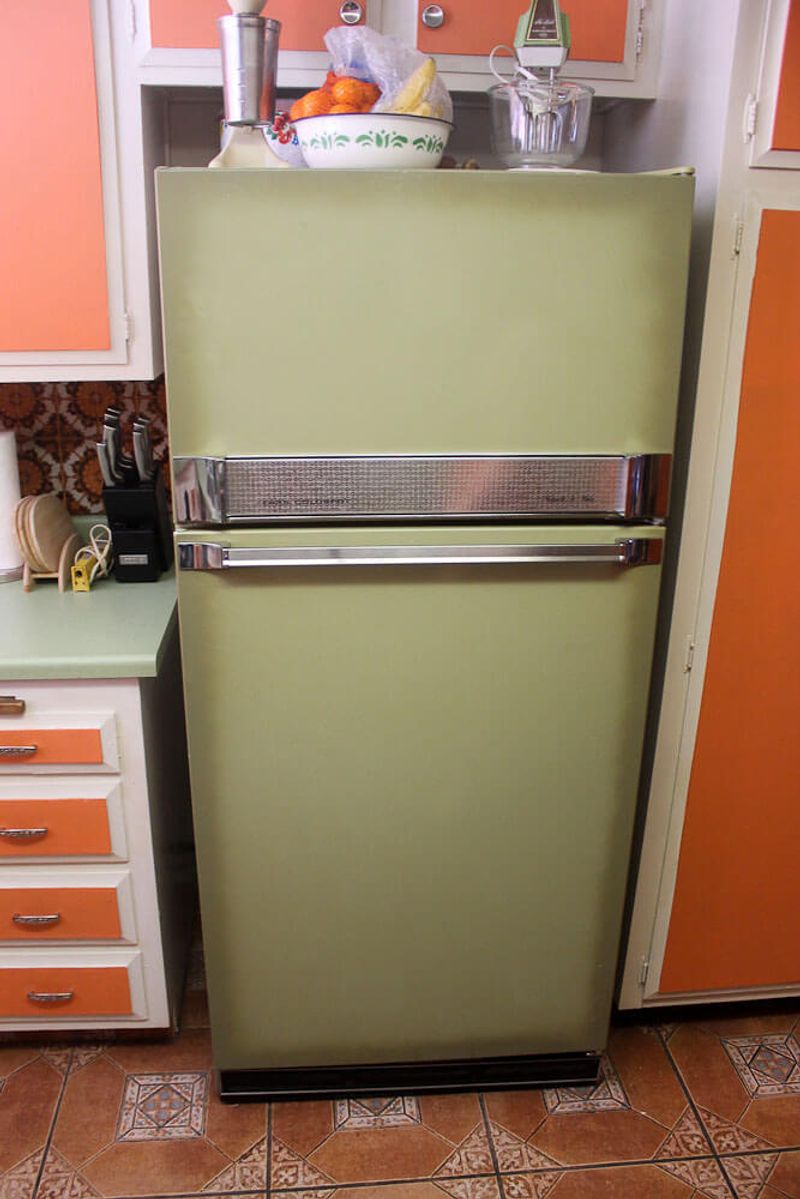
Nothing dates a kitchen faster than harvest gold or avocado green appliances! These colorful statements from the 1970s have firmly landed in the “what were we thinking?” category of home design.
While colorful appliances occasionally make comebacks, these specific muddy tones remain firmly in the past.
11. Tuscan Kitchens Say Arrivederci

Faux-finished walls, ornate scrollwork, and heavy Mediterranean vibes dominated early 2000s kitchen design. These overwrought spaces featured tumbled stone backsplashes, dark granite, and distressed cabinets attempting to channel Italian countryside charm.
Modern kitchens have embraced cleaner lines, lighter colors, and more authentic materials. The busy, themed approach has given way to timeless designs that won’t feel dated before the mortgage is paid off.
12. Vertical Blinds Hang By A Thread

Click-clack, click-clack! The sound of plastic vertical blinds slapping against sliding glass doors haunts many childhood memories. These ubiquitous window coverings were practical but aesthetically challenged.
Constantly tangling, breaking, and collecting dust, vertical blinds have largely been replaced by more elegant solutions.
13. Tiled Countertops Crack Under Pressure
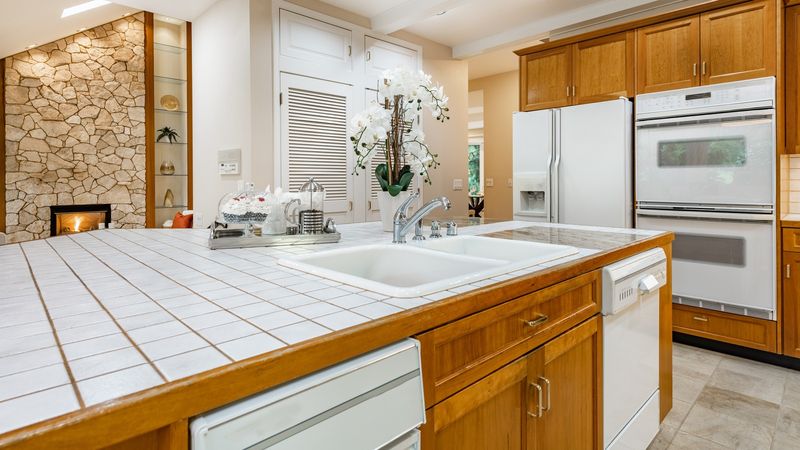
Ceramic tile countertops were once budget-friendly alternatives to solid surfaces, particularly in 1970s and 80s homes.
The porous grout between tiles became stained, harbored bacteria, and cracked over time. Modern kitchens favor seamless materials like quartz, solid surface, or butcher block that don’t require constant scrubbing with a toothbrush to maintain basic hygiene.
14. Shag Carpeting Gets Trimmed
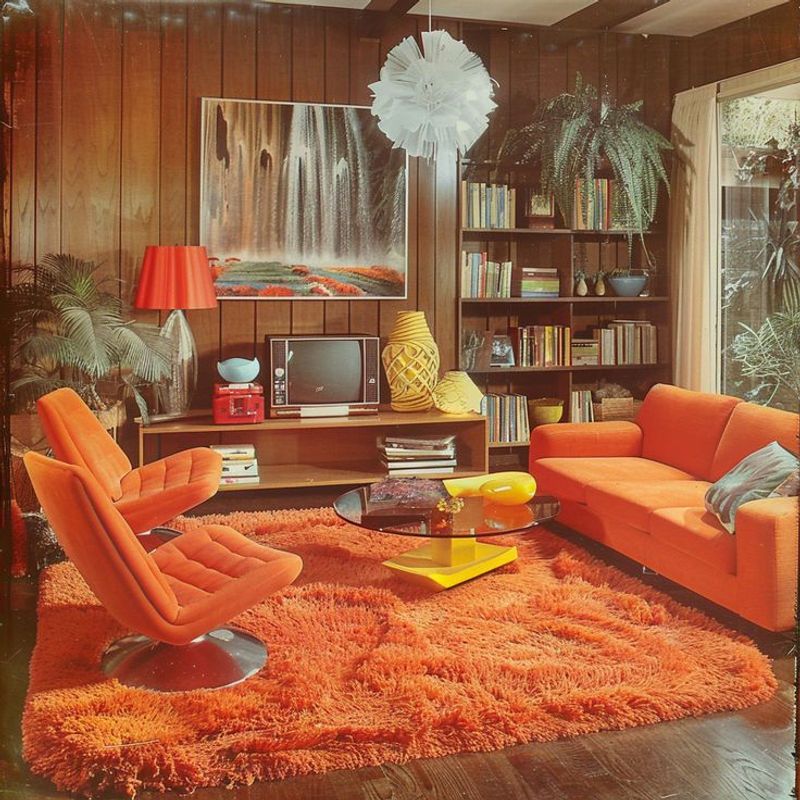
Sink your toes into deep pile carpeting – and never find that dropped earring again! Shag carpets from the 1970s were statement pieces that trapped dust, pet hair, and small toys with equal efficiency.
Nearly impossible to clean thoroughly, these high-maintenance floor coverings have been replaced by lower-profile options.
15. Conversation Pits Stop Talking
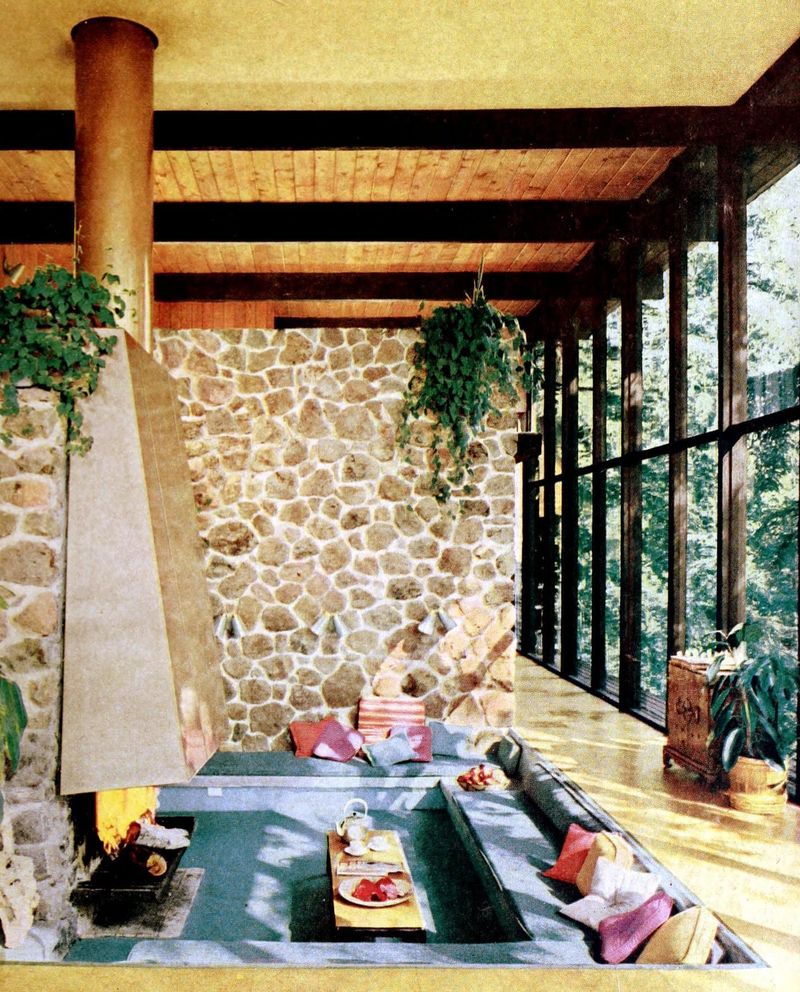
These built-in seating areas, often surrounding fireplaces, were architectural status symbols in mid-century modern homes.
While undeniably cool in concept, they’ve proven impractical for changing furniture layouts and modern living. The permanent nature of these features limits flexibility, and their sunken design creates accessibility concerns.

